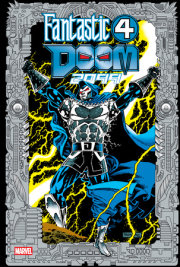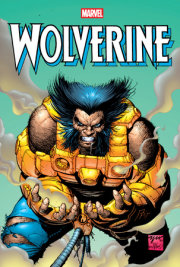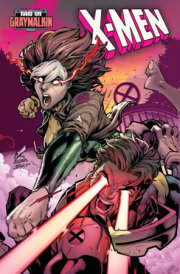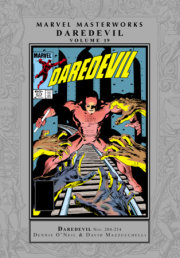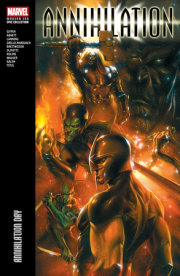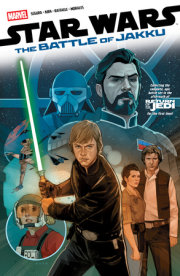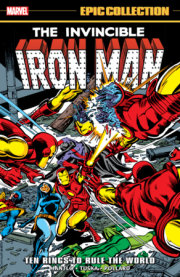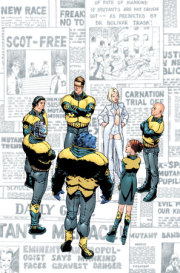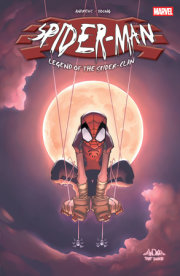After early assignments on Kickers Inc. and Cloak and Dagger, Terry Kavanagh wrote Web of Spider-Man for years — spinning a hero he introduced in those pages, Nightwatch, into his own title. In addition to runs on Marc Spector: Moon Knight, X-Man and various mutant titles, he wrote Avengers, Iron Man and several tie-in one-shots during the controversial “Crossing” storyline. His miniseries work includes Before the Fantastic Four: The Storms, Fury/Agent 13, Black Cat and Rise of Apocalypse. He teamed Marvel heroes with UItraverse heroes in Exiles vs. X-Men and Ultraforce/Avengers Prelude.
Bruce Jones, a professional writer for more than 30 years, was a founding contributor to the legendary horror magazines Creepy and Eerie. His run on Incredible Hulk shifted the title’s focus from traditional super-heroics to taut psychological thriller, propelling the series to best-selling status.
In addition to runs on Fantastic Four and Thor, original Moon Knight scribe Doug Moench specialized in writing features outside the Marvel mainstream — including Adventure into Fear’s Morbius, Frankenstein, Inhumans, Ka-Zar: Lord of the Hidden Jungle, Master of Kung Fu, Werewolf by Night and Astonishing Tales’ Deathlok. Proving his eclectic abilities, he also wrote the full run of Godzilla, most of Shogun Warriors and stories for virtually every Marvel black-and-white magazine of the 1970s. He expanded on his Star-Lord and Weirdworld sagas in multiple anthology titles. At DC, he wrote memorable runs on Batman, Detective Comics and Legends of the Dark Knight — along with numerous Batman one-shots, cross-company crossovers and Elseworlds sagas. He further contributed such short-lived but unique series as Electric Warrior, Lords of the Ultra-Realm, Slash Maraud, Wanderers and Xenobrood.
Milestone co-founder Denys Cowan’s comic-book career began on backup features: White Tiger in Spectacular Spider-Man and Firestorm in DC’s Flash. At Marvel, he moved on to pencil Power Man and Iron Fist, a Black Panther miniseries and Moon Knight: Divided We Fall, among other projects. Back at DC, he specialized in such urban heroes as Green Arrow, Question and Steel; he also penciled multiple miniseries, including Batman: The Ultimate Evil, Fight for Tomorrow and Total Justice. In the TV field, he produced episodes of Milestone spinoff Static Shock and comic strip tie-in The Boondocks, subsequently becoming senior vice president of animation for Black Entertainment Television.
During the 1960s, when males dominated the industry, Marie Severin earned the respect of her peers with her seemingly limitless talents in every facet of comic-book production — from penciling to inking to lettering to coloring. Her earliest recorded work was for EC Comics in 1949, and she went on to contribute coloring across the famous publisher’s line before moving to Marvel’s predecessor Atlas Comics. In the Silver Age of comics, Severin made her mark in the Bullpen, drawing the adventures of Doctor Strange and becoming the company’s head colorist before going on to concentrate on penciling. Her extensive contribution to Marvel across a wide array of titles includes providing the original design for Spider-Woman. Severin was inducted into the Will Eisner Comics Hall of Fame in 2001.
Alex Saviuk established himself as a major Marvel artist with a seven-year run on Web of Spider-Man. He also worked on the animated-series tie-in Spider-Man Adventures and drew the Amazing Spider-Man comic strip from scripts by Stan Lee and Larry Lieber. At DC, he penciled and inked Flash, Green Lantern, Superman and other titles.





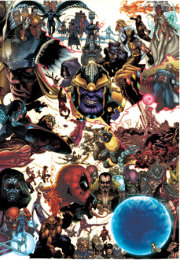
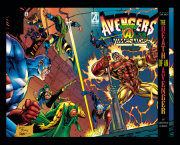
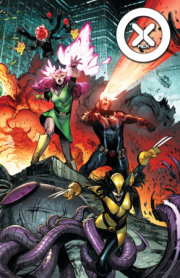
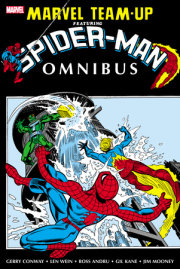

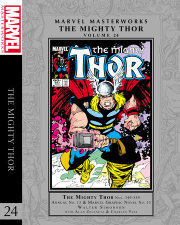
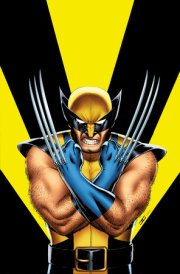

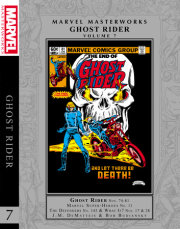
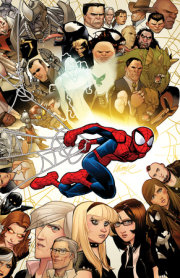
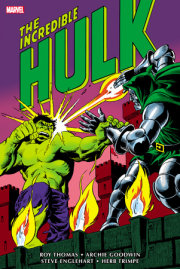
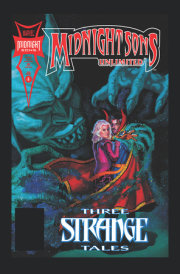
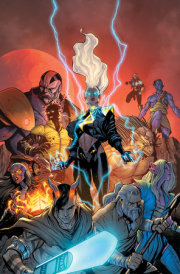
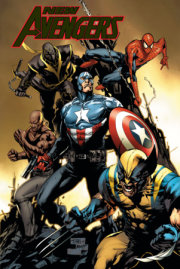
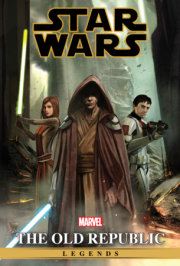
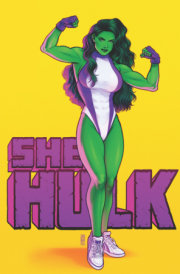
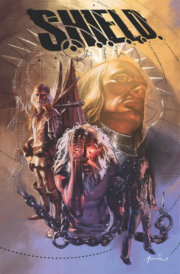

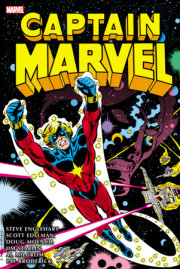
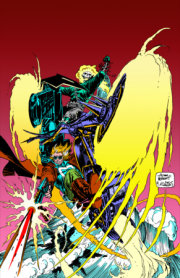
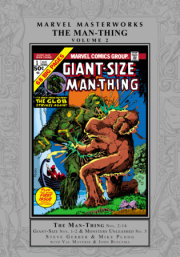
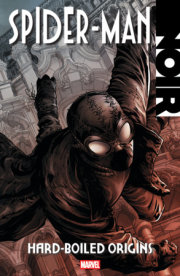
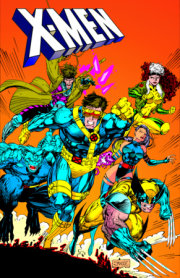
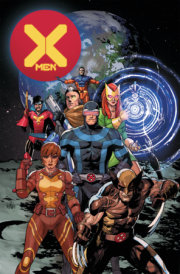
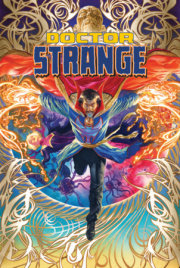
![Tomb Of Dracula Omnibus Vol. 1 Neal Adams Cover [New Printing 2]](https://images.penguinrandomhouse.com/cover/9781302965037?width=180)
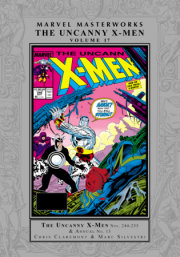
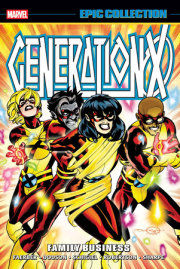
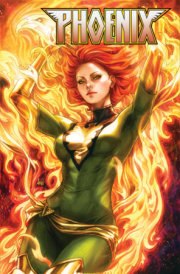
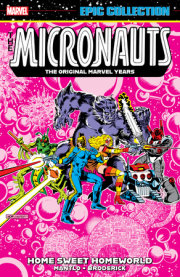
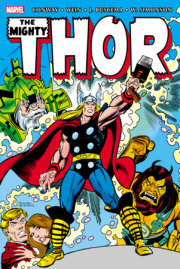
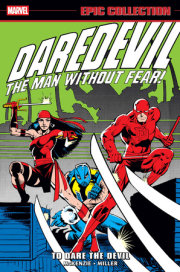
![Iron Man: Demon In A Bottle [New Printing 2]](https://images.penguinrandomhouse.com/cover/9781302961817?width=180)
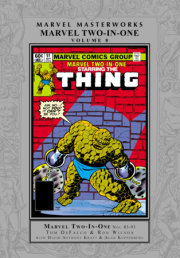
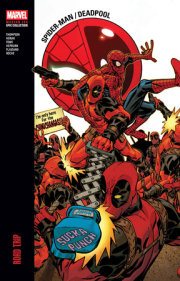
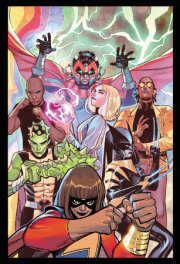
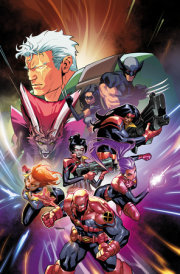
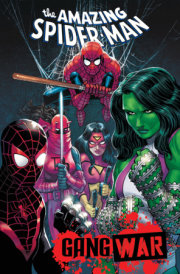
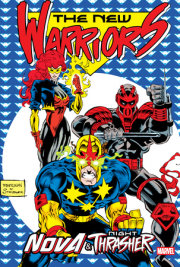
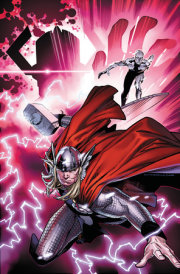
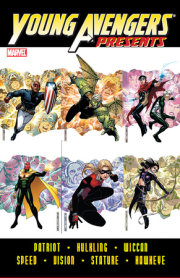
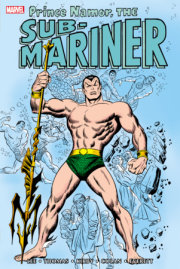
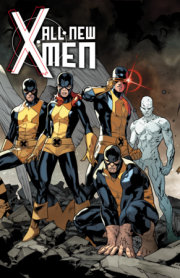
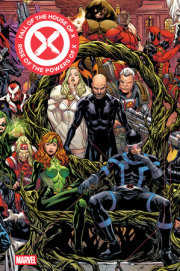
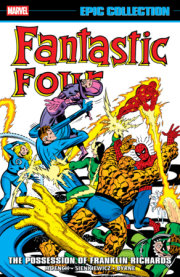
![Original Sin [New Printing]](https://images.penguinrandomhouse.com/cover/9781302966249?width=180)
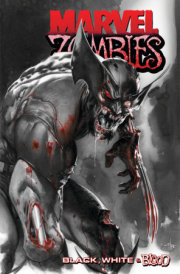
![X-Factor By Peter David Omnibus Vol. 1 Larry Stroman Cover [New Printing]](https://images.penguinrandomhouse.com/cover/9781302963705?width=180)
![Avengers West Coast Epic Collection: Vision Quest [New Printing]](https://images.penguinrandomhouse.com/cover/9781302963910?width=180)
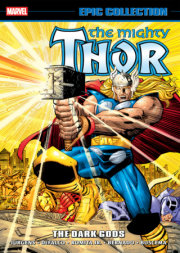
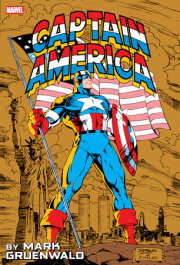
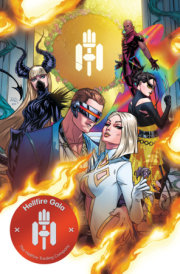
![Wolverine Goes To Hell Omnibus Jae Lee Cover [New Printing]](https://images.penguinrandomhouse.com/cover/9781302961381?width=180)
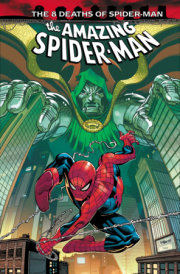
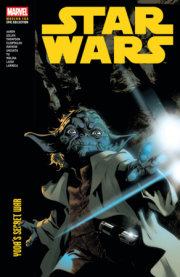
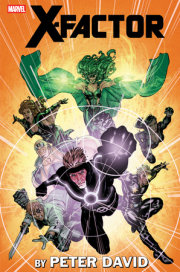
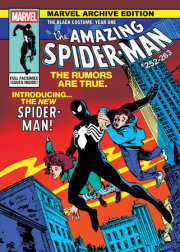


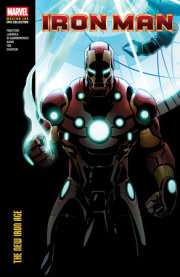
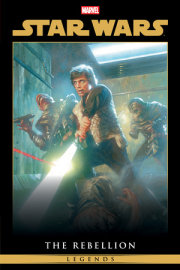
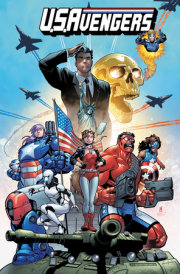
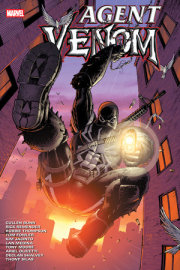

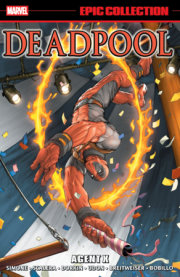
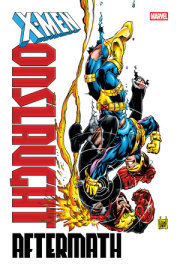
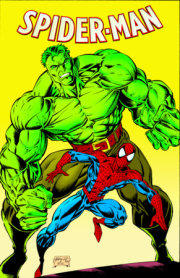
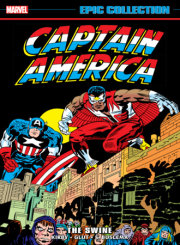
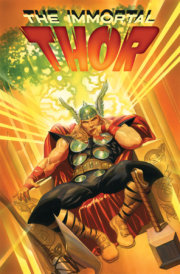
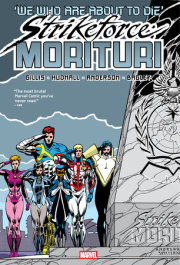
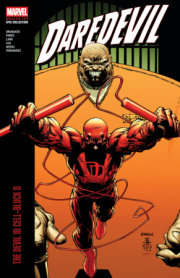
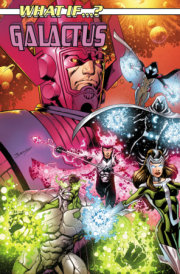

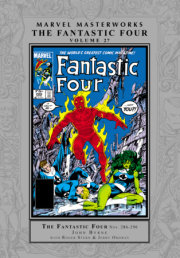
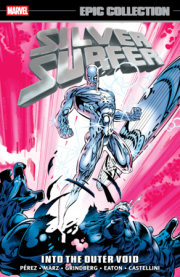
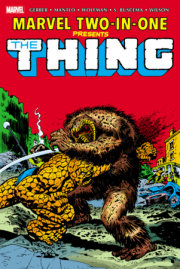
![Marvel Masterworks: The Silver Surfer Vol. 1 [Remasterworks]](https://images.penguinrandomhouse.com/cover/9781302956042?width=180)
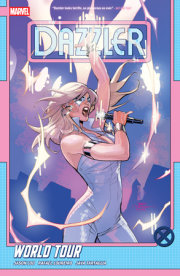
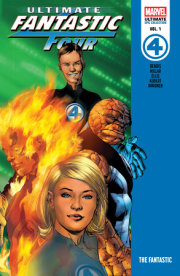
![X-Men: Age Of Apocalypse Vol. 2 - Reign [New Printing]](https://images.penguinrandomhouse.com/cover/9781302963958?width=180)
